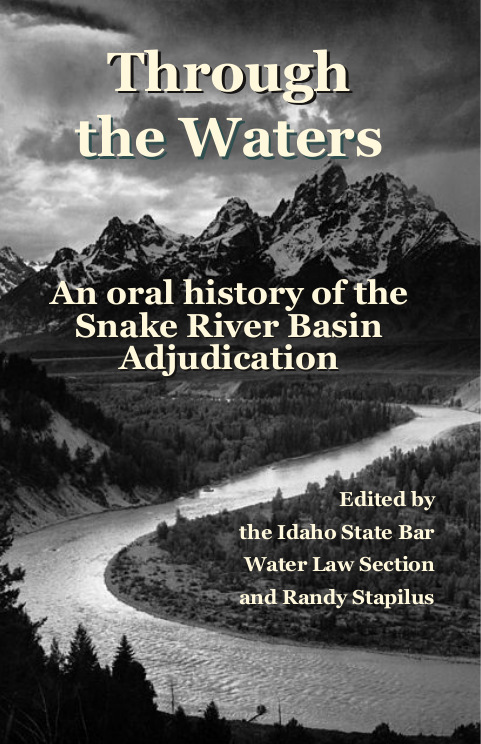 Chris Carlson Carlson Chronicles |
An old phrase one does not often hear references the great state we share as “Gem of the Mountains.” The phrase applies in many ways, but especially when one contemplates the many hidden gems of profoundly interesting people that populate Idaho and fascinate in so many ways.
The living embodiment that the real gems in Idaho are its many individualistic and distinctive folks is a retired science teacher from Mountain Home who has become one of Idaho’s most prolific and best-selling writers in his twilight years: Bill Smallwood.
Political types in Idaho are most familiar with the fine biography (McClure of Idaho, Caxton Press) he wrote about the late distinguished senator. The book should be required reading for any student of Idaho history and politics. Full of detail and illustrative anecdotes, it tells both the history of the senator as well as the state as each grew in prominence.
The first chapter itself whets one’s appetite for more. It focuses on the rise of Kellogg’s John Mattmiller and his seemingly inevitable election to Congress only to have his ambitions and life cut short by a fatal plane crash in 1966, the same year in which Idaho’s Democratic gubernatorial nominee, Charles Herndon of Salmon, was also killed in a plane crash.
Smallwood all but says odds are better than even that neither Jim McClure nor Cecil Andrus would have emerged as the leaders they became except for fate creating critical openings for each man’s ambitions.
The book became a true labor of love for which Smallwood received no compensation despite a handshake promise from a representative of the University of Idaho’s Foundation that he would be paid for his labors.
Smallwood turned to writing while teaching at Mountain Home High School many years ago. An instructor in science, he recognized he could put together a more informative text than what his students were currently using. He was correct and he became first a successful writer of school textbooks.
He then hit on another almost ridiculously simple idea but one which provided a guaranteed audience (and income) of several thousands books each year. He convinced the military academies to let him produce an academy candidate’s guide book containing both current and historical information.
As one can only do in Idaho it seems, I first met Bill on a horse packing trip into the White Clouds. He and his wife, Patty, were part of the group we signed up with for the fine trip run by the folks at the Mystic Saddle Ranch in the Sawtooth Basin.
After a day of hiking and fishing in and around the areas below the magnificent Castle Peak, I was having an adult beverage sitting by the campfire. Sitting close by was this elderly looking man with a cherubic smile who started talking. It took me about two seconds to realize this was one smart hombre and that we knew many folks in common.
We talked about many things including the need for books to be done on Andrus and McClure, not to mention the state of politics in Idaho. More than anything though, his love of all things Basque came across loud and clear.
How many anglos do you know who can speak the ethnographically-unique “Basko” language? The only one I know is Bill, who spent two years living in the Basque country, and one was during the height of the Franco-led totalitarian Spanish government.
Being a natural born writer, Bill, who loves to travel, shares his experiences with people he considers friends. I’m fortunate to be counted as such. In recent years we have received long, fascinating travelogue mailings from places such as New Zealand, Australia and the home of the Basques.
The latest missive recounts his most recent trip to the Basque homeland to receive recognition for a book he painstakingly put together 39 years ago detailing the atrocities committed by German bombers as they leveled the Basque city of Gernika. Entitled The Day Guernica Was Bombed: A Story Told by Witnesses and Survivors, it has been especially well received in the Basque country.
Bill used 124 interviews with survivors, wrote a detailed accounting but couldn’t find a publisher. He thought it was going to be another lost labor of love but a Basque history professor found the manuscript, and had a Basque foundation publish it.
It is now on Amazon and I can hardly wait to get my hands on it. You should also and while reading it, be thankful for another Idaho original gem: Bill Smallwood.
Share on Facebook






































